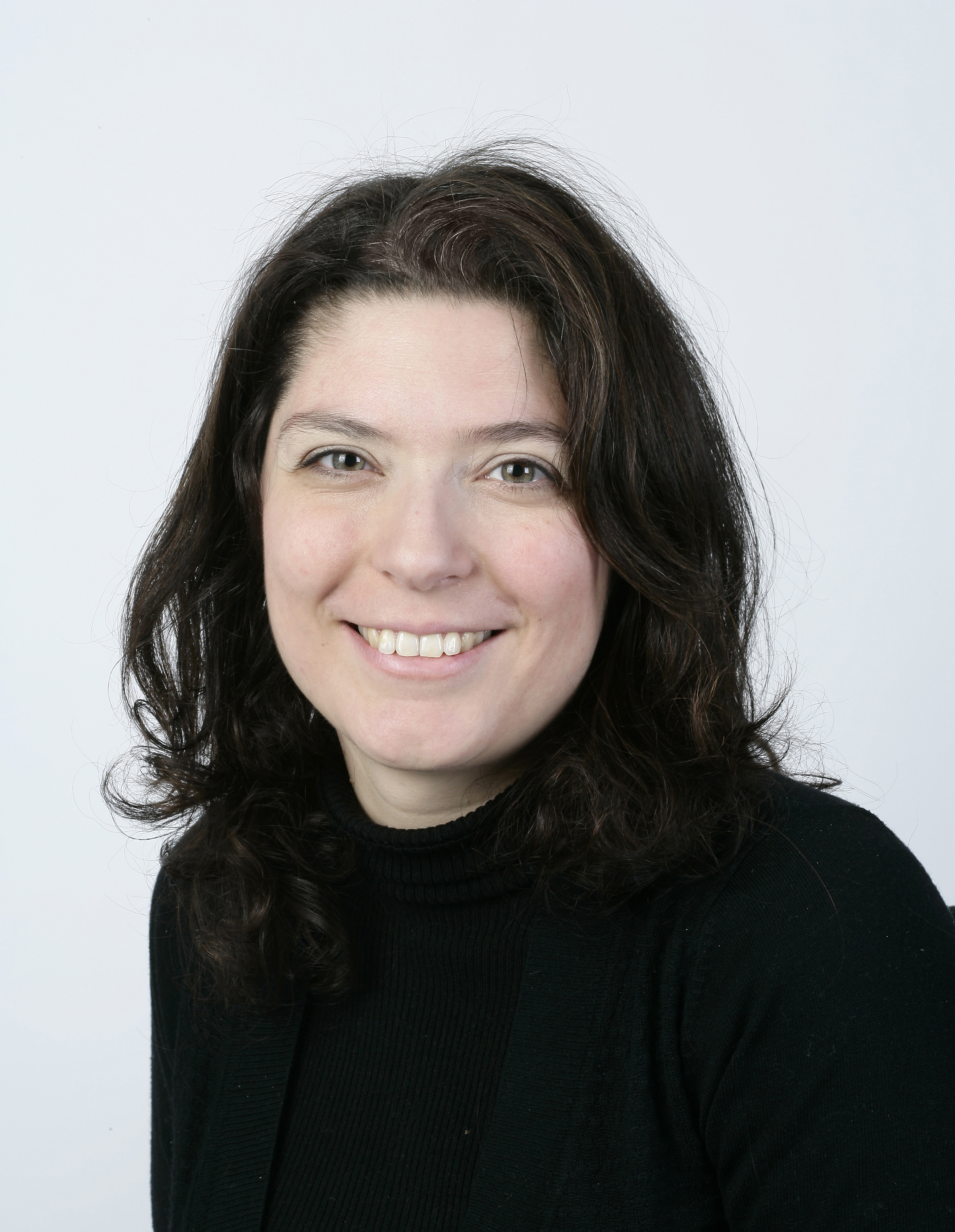What was Andy Warhol really like? The Newlands House Gallery exhibition shows the artist like never before
The exhibition, in Petworth, West Sussex, shows the many layers behind the artist's public persona.

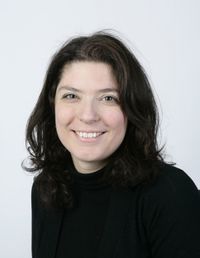
Andy Warhol lied. He liked to describe himself as ‘a deeply superficial person’, but the exhibition opening later this week at Newlands House Gallery in Petworth, West Sussex, shows the many layers behind this public persona. Curated by Jean Wainwright, who has spent some 30 years researching the artist, ‘Andy Warhol: My True Story’ distils her findings through both artworks and photographs — including a spectacular shot taken by Bob Adelman, showing the artist pouring water out of his boots after his muse Edie Sedgwick had pushed him into a swimming pool at a party in New York in 1965.
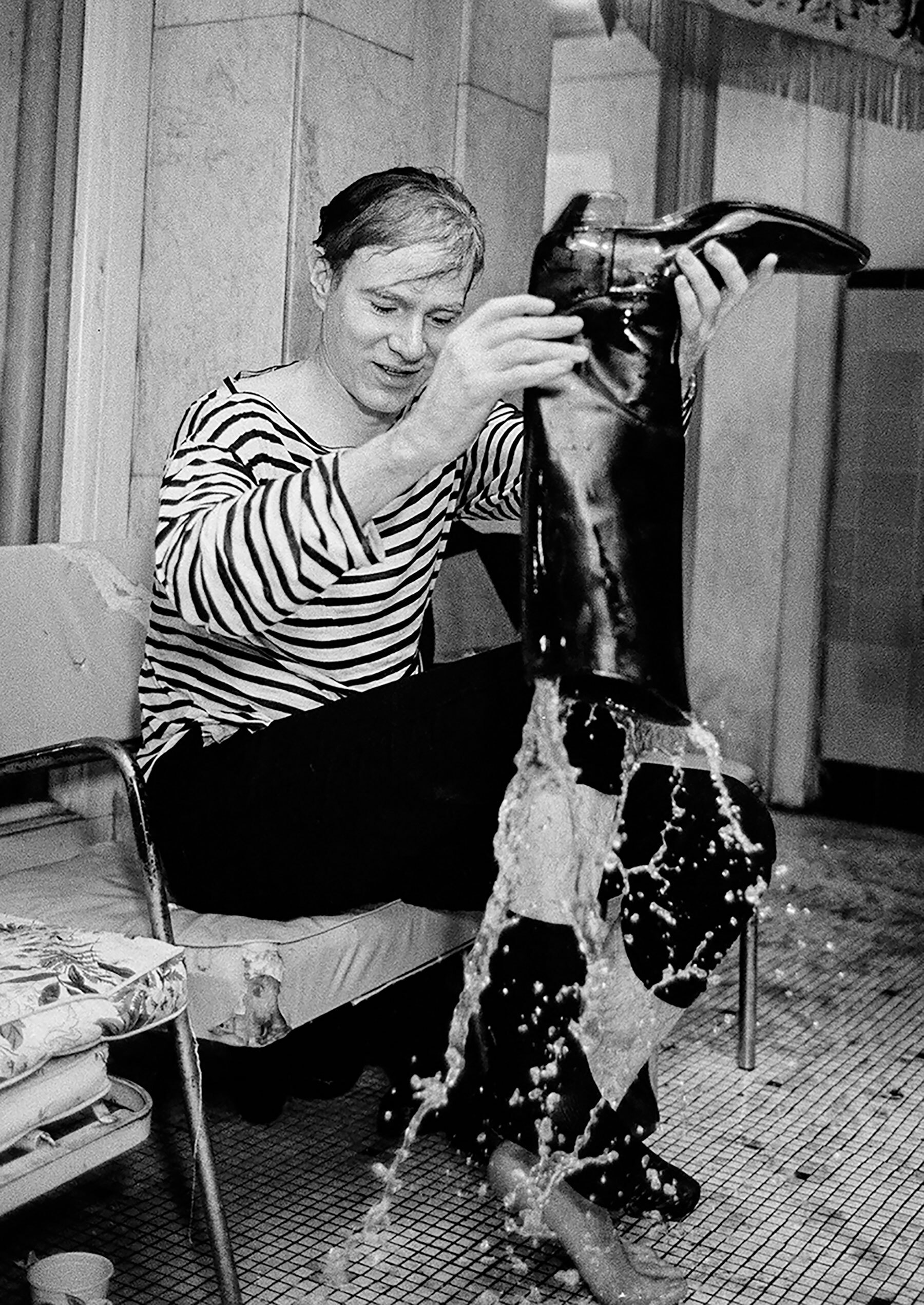
There’s nothing dry about Bob Adelman’s 1965 shot of Andy Warhol post swimming-pool soaking in New York

Andy Warhol and Edie Sedgwick.
Perhaps most touchingly, however, the exhibition shines the spotlight on Warhol’s close relationship with his mother, Julia Warhola. A talented calligrapher, she often lettered her son’s illustrations—most famously in 25 Cats Name Sam and One Blue Pussy, a privately published book of lithographs inspired by the feline colony she kept at their New York apartment (where she had moved from Pittsburgh, Pennsylvania, about a decade after the death of the artist’s father).
Warhola, who, like her husband, originally hailed from what is now Slovakia, always spoke to her children in her native Rusyn, an East Slavic language similar to Ukrainian. Yet, when Warhol filmed her for his 1966 The George Hamilton Story (Mrs Warhol), she acted in broken, very accented English. Earlier that year, she had appeared in Esquire as part of a feature on mothers of famous sons and the magazine had kept her original way of expressing herself intact. This initially ‘caused consternation in the Warhol household,’ according to Elaine Rusinko’s Andy and Julia in Rusyn: Warhol’s translation of his mother in film and video, but it may later have alerted the artist ‘to the creative potential of Julia’s speech style’, resulting in his decision to cast her in The George Hamilton Story.

Andy Warhol and his dachshund Archie at a benefit dinner, in New York in 1976.
It was the screen debut for the ‘very sweet old lady’, as the artist’s friend Susan Pile, who doubled up as sound tech for the film, described her in one of her letters. Warhol would go on to film his mother again, this time speaking Rusyn, in videos that are full of love for her son — but also complaints about a perm gone bad.
Warhola died in 1972, a year after the artist had sent her back to Pennsylvania because she had suffered a stroke and he couldn’t look after her properly. Warhol struggled with a sense of guilt for that decision and he kept her death secret for a long time.
Exquisite houses, the beauty of Nature, and how to get the most from your life, straight to your inbox.
Carla must be the only Italian that finds the English weather more congenial than her native country’s sunshine. An antique herself, she became Country Life’s Arts & Antiques editor in 2023 having previously covered, as a freelance journalist, heritage, conservation, history and property stories, for which she won a couple of awards. Her musical taste has never evolved past Puccini and she spends most of her time immersed in any century before the 20th.
-
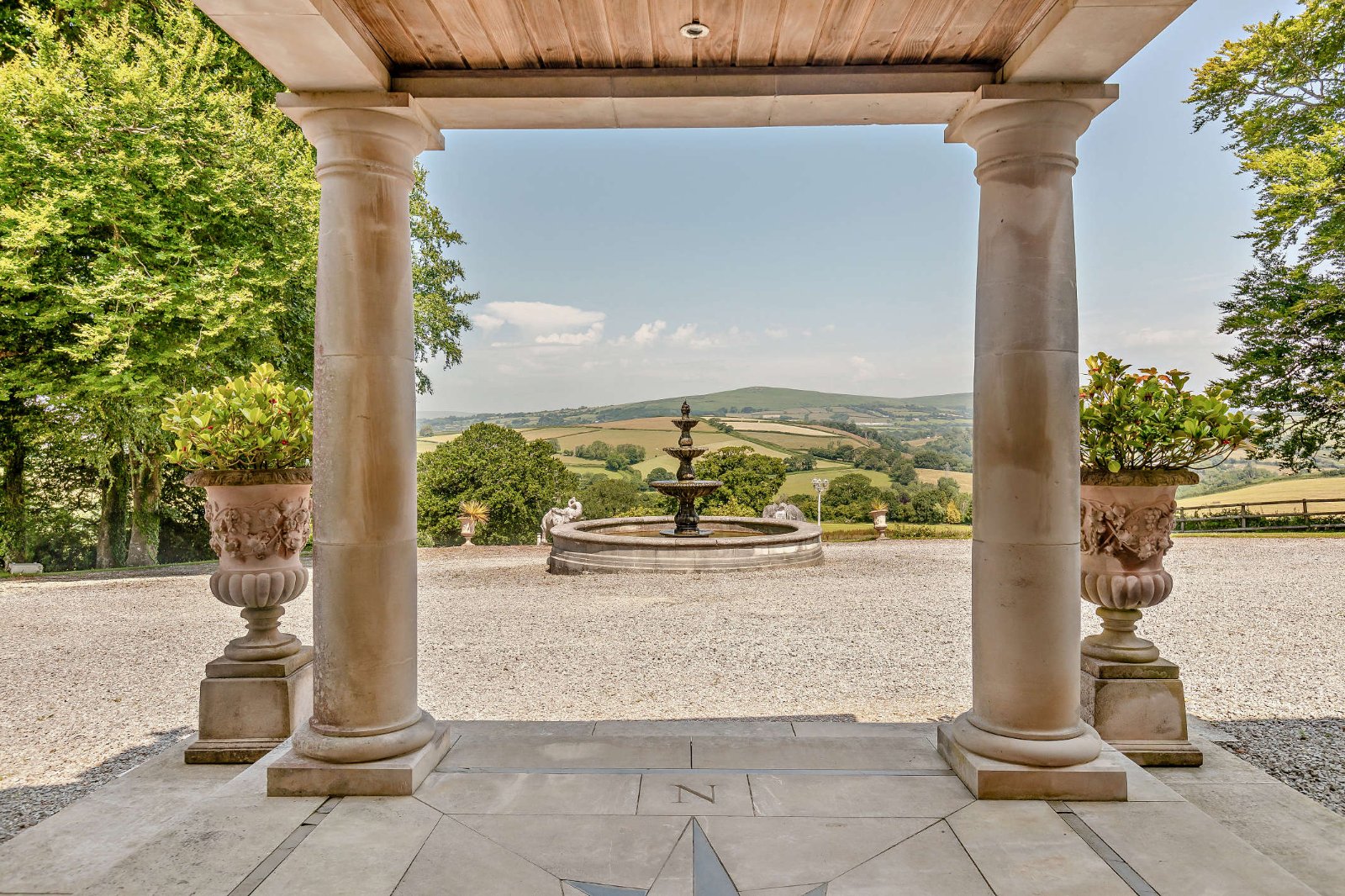 18 country houses across Britain, from £400,000 to £4 million, as seen in Country Life
18 country houses across Britain, from £400,000 to £4 million, as seen in Country LifeOur look at the homes to come to the market via Country Life this week picks out a charming Kent cottage and an Arts and Crafts house in Leicestershire.
-
 The greatest flowers make the greatest art
The greatest flowers make the greatest artA search for still-life subjects led Kate Friend to some of the greatest gardens and gardeners in the country
-
 The greatest flowers make the greatest art
The greatest flowers make the greatest artA search for still-life subjects led Kate Friend to some of the greatest gardens and gardeners in the country
-
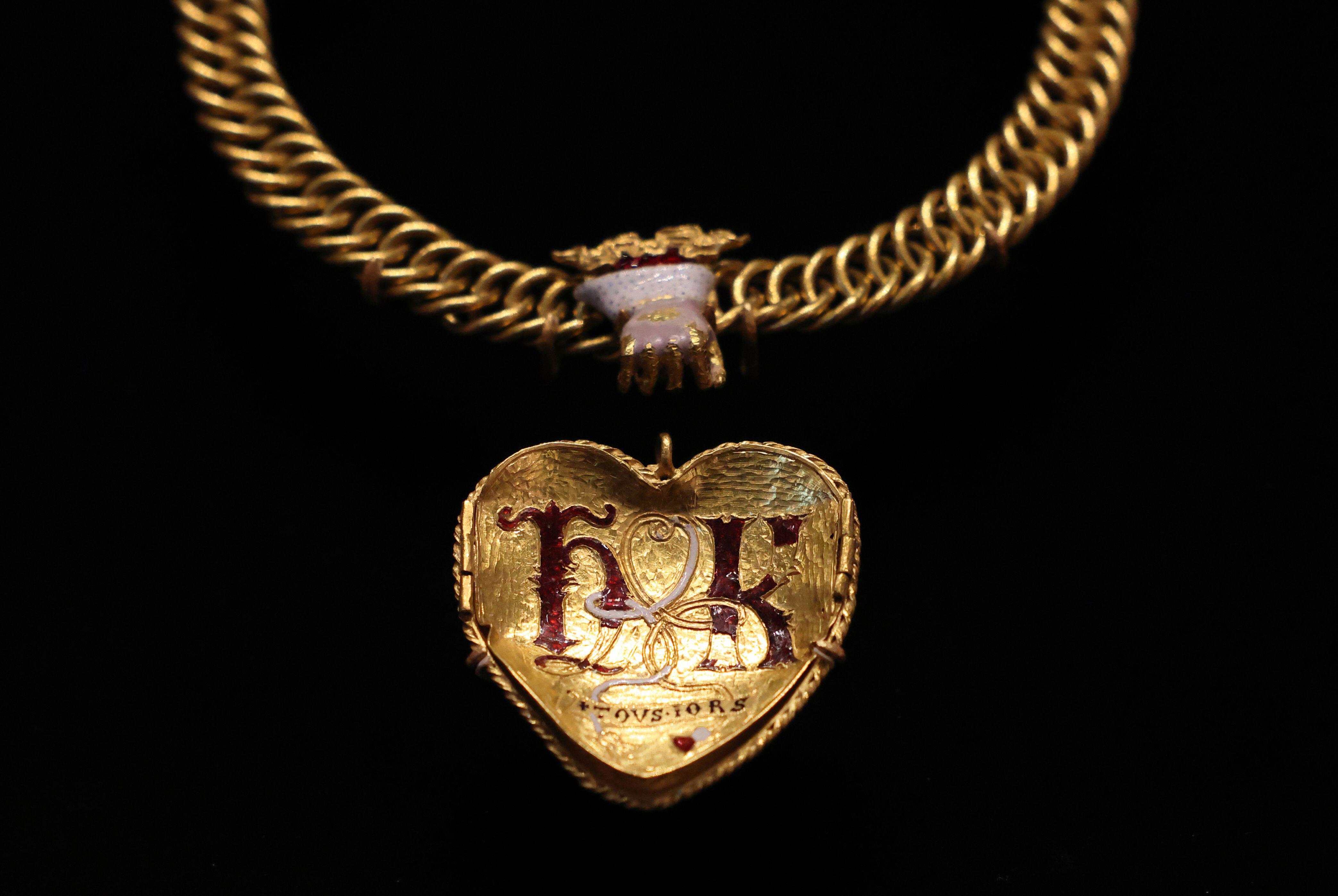 Is the British Museum's attempt to save a Tudor-era pendant with links to Henry VIII proof that the institution is on the up?
Is the British Museum's attempt to save a Tudor-era pendant with links to Henry VIII proof that the institution is on the up?After years of neglect and controversy, Britain's premier cultural institution seems to be finding its feet again.
-
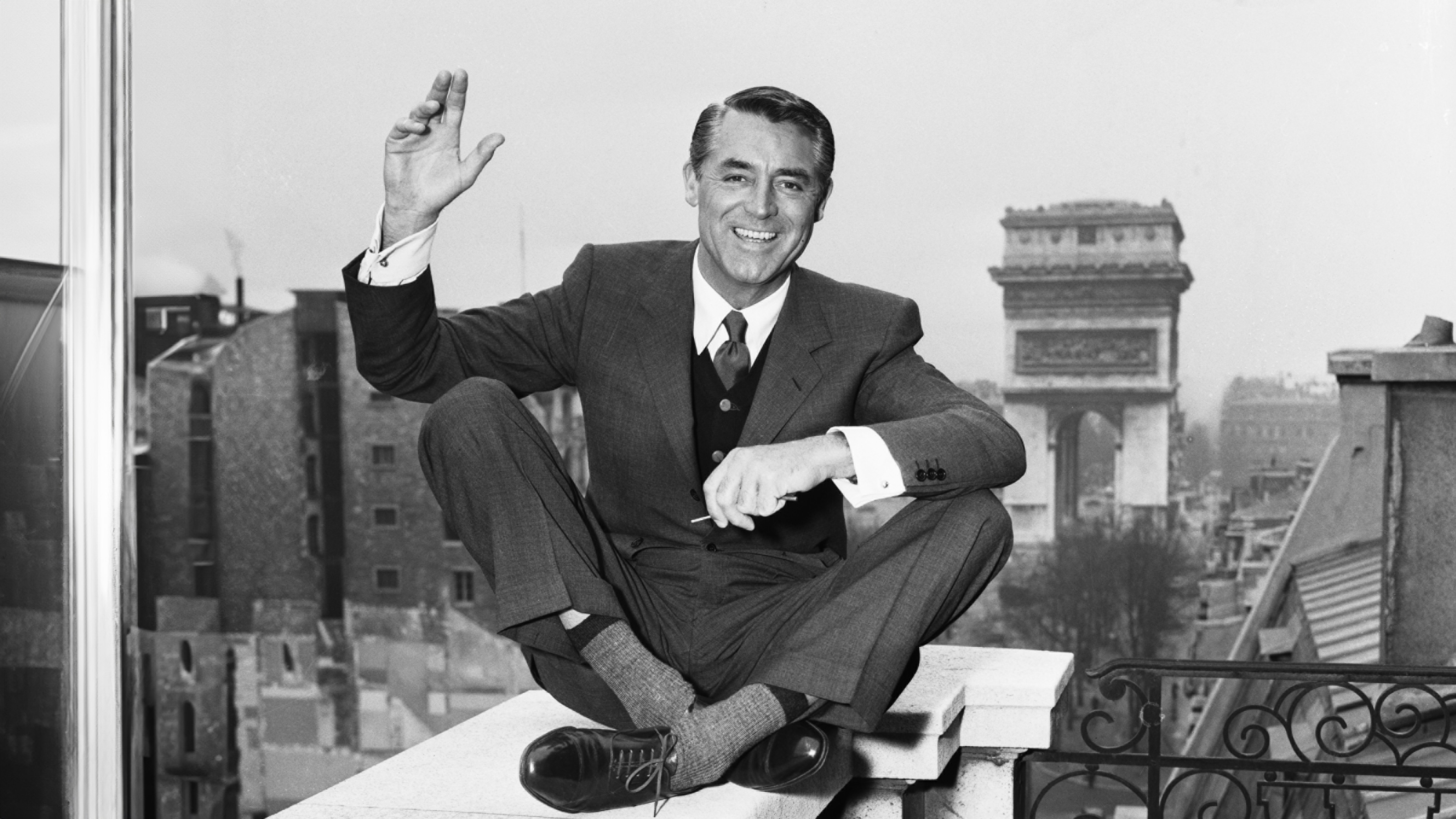 Suit yourself: I’m a 49 year-old man-about-town and I’ve never owned a suit
Suit yourself: I’m a 49 year-old man-about-town and I’ve never owned a suitWhen Hugh Smithson-Wright turned up to Country Life's annual Gentleman's Life party sans suit, it sparked a passionate conversation about why the formal fashion just isn't for everyone.
-
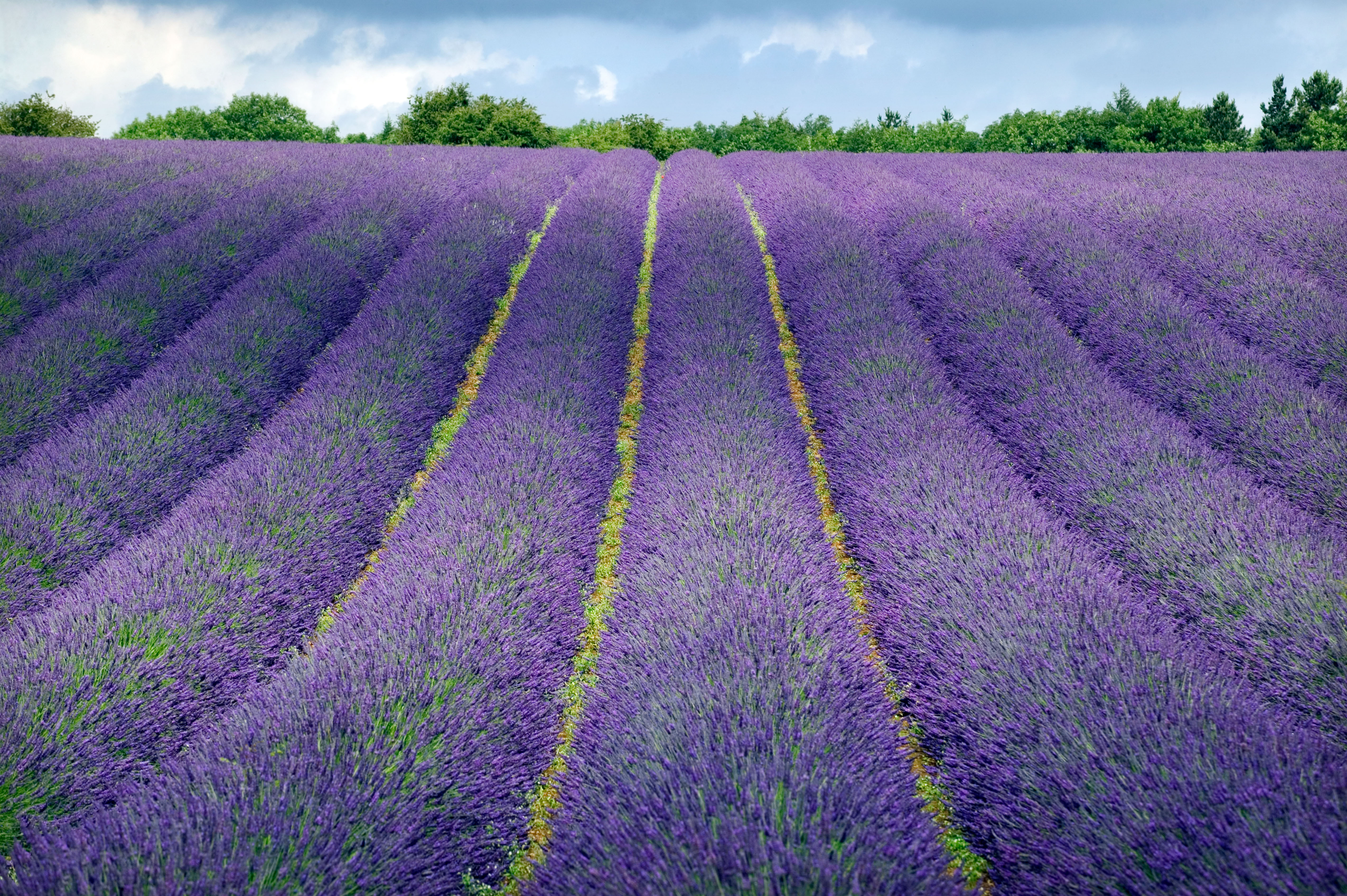 Meet the British perfumers squeezing landscapes into scents
Meet the British perfumers squeezing landscapes into scentsThe nuances of modern perfumery now allow a single drop to evoke an entire landscape. Amie Elizabeth White explores the native houses hitting the right notes
-
 Sophia Money-Coutts: A snob's guide to meeting your in-laws for the first time
Sophia Money-Coutts: A snob's guide to meeting your in-laws for the first timeThere's little more daunting than meeting your (future) in-laws for the first time. Here's how to make the right kind of impression.
-
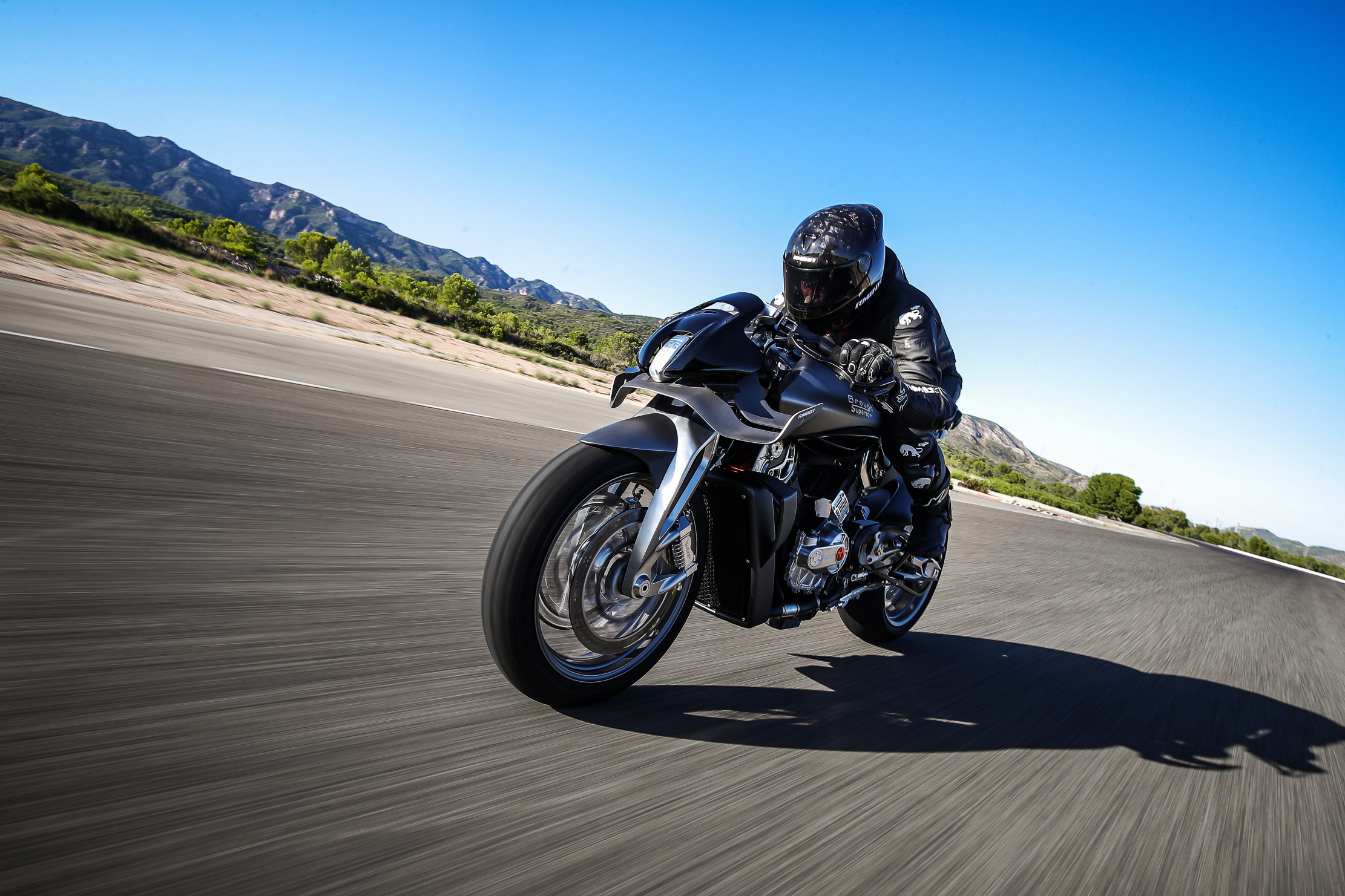 This machine is what happens when the Rolls-Royce of motorbikes and the most innovative of watchmakers join forces
This machine is what happens when the Rolls-Royce of motorbikes and the most innovative of watchmakers join forcesBrough Superior and Richard Mille, two brands renowned for perfection, have created something that is exactly that.
-
 ‘Each one is different depending on what mood I’m in, how I'm feeling and how my energy is’ — meet the carver behind Westminster Hall's angel statues
‘Each one is different depending on what mood I’m in, how I'm feeling and how my energy is’ — meet the carver behind Westminster Hall's angel statuesBespoke woodcarver William Barsley makes unique scale replicas of the angels that gaze over Westminster Hall, the oldest part of the palace of Westminster.
-
 If chess is 'the supreme board game', then it deserves to be played on boards like these
If chess is 'the supreme board game', then it deserves to be played on boards like theseChess sets and backgammon boards are a familiar sight on drawing-room tables, but one expert Highland woodworker is refashioning their forms in beautiful new ways.
